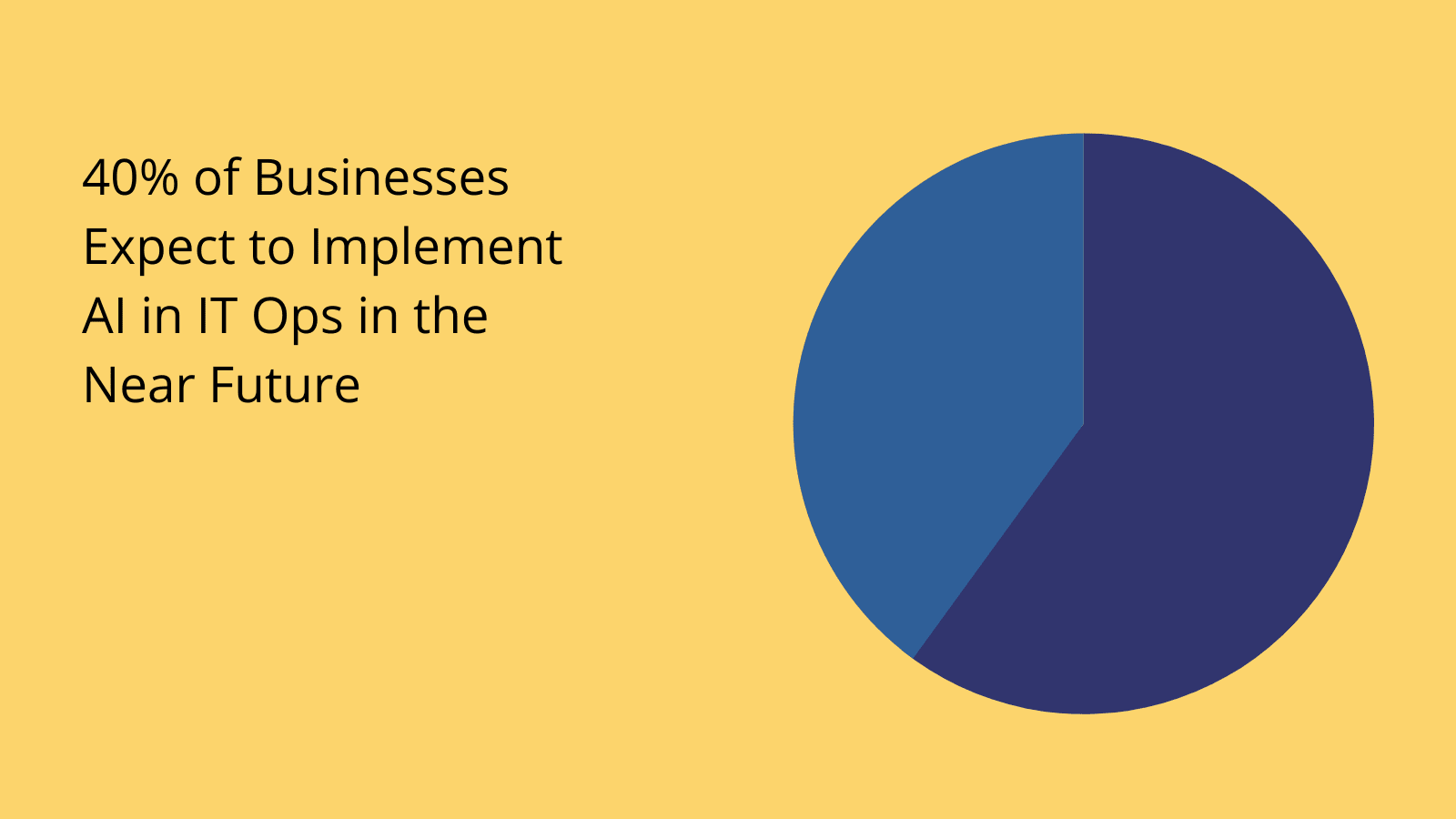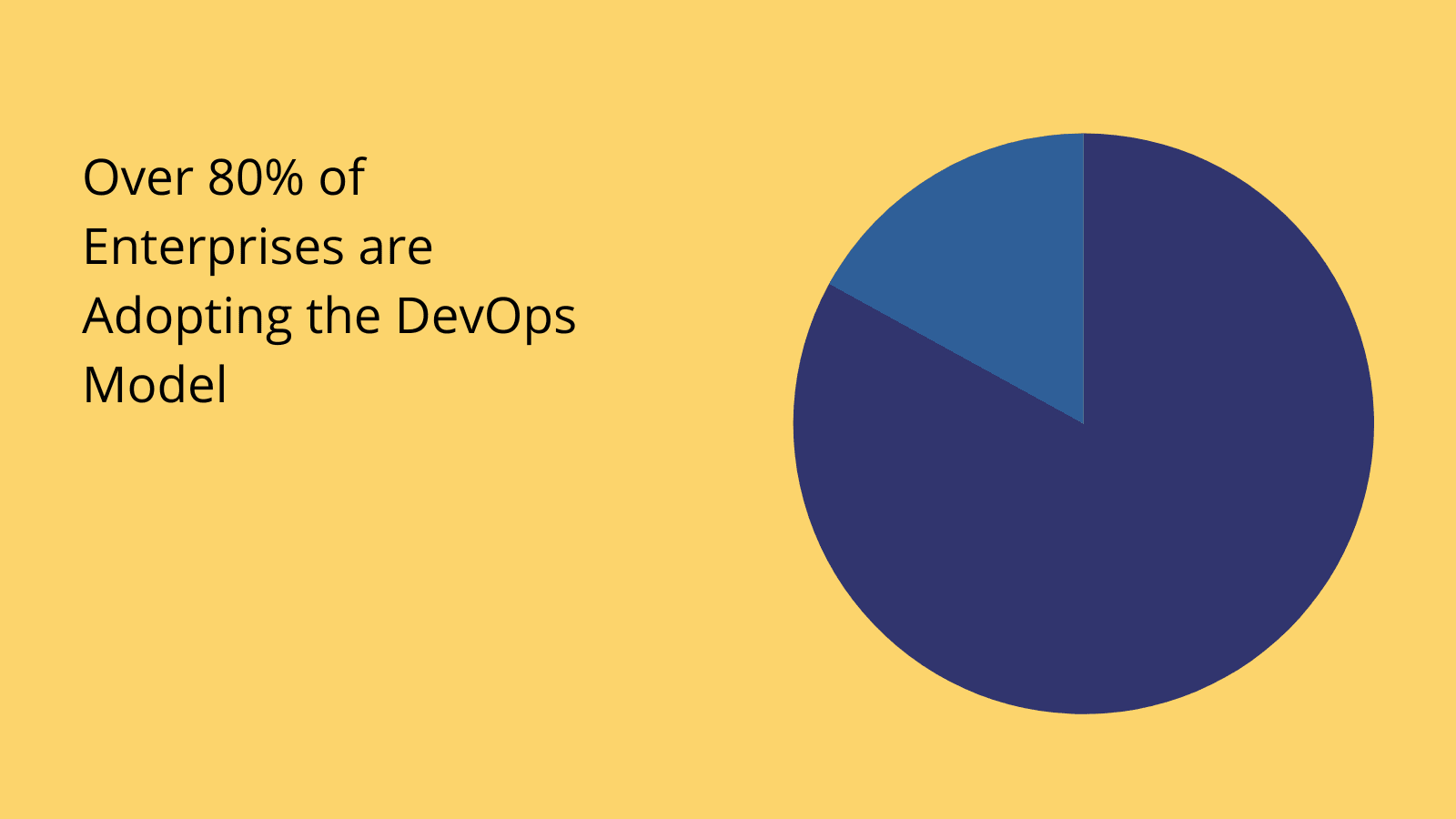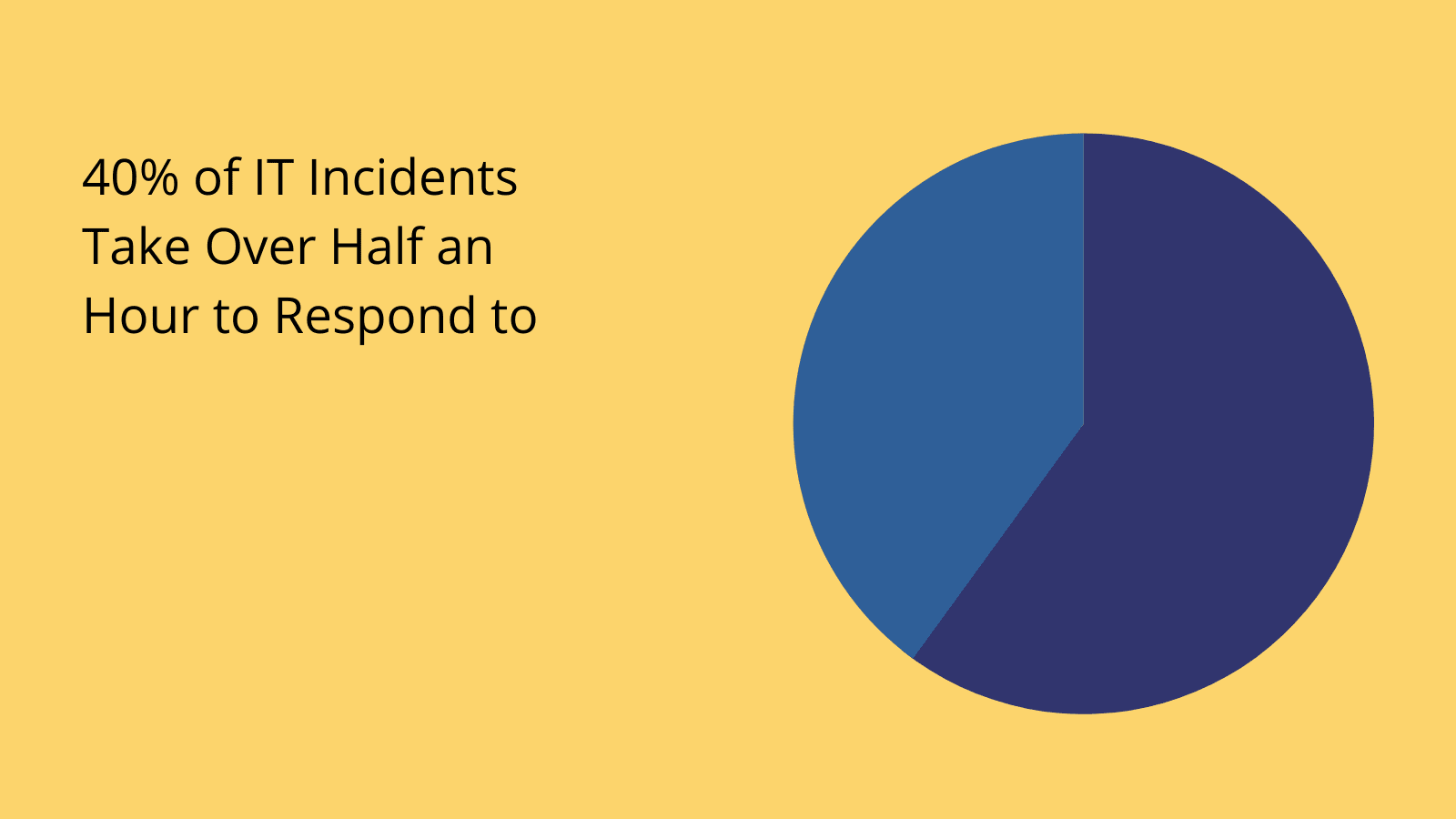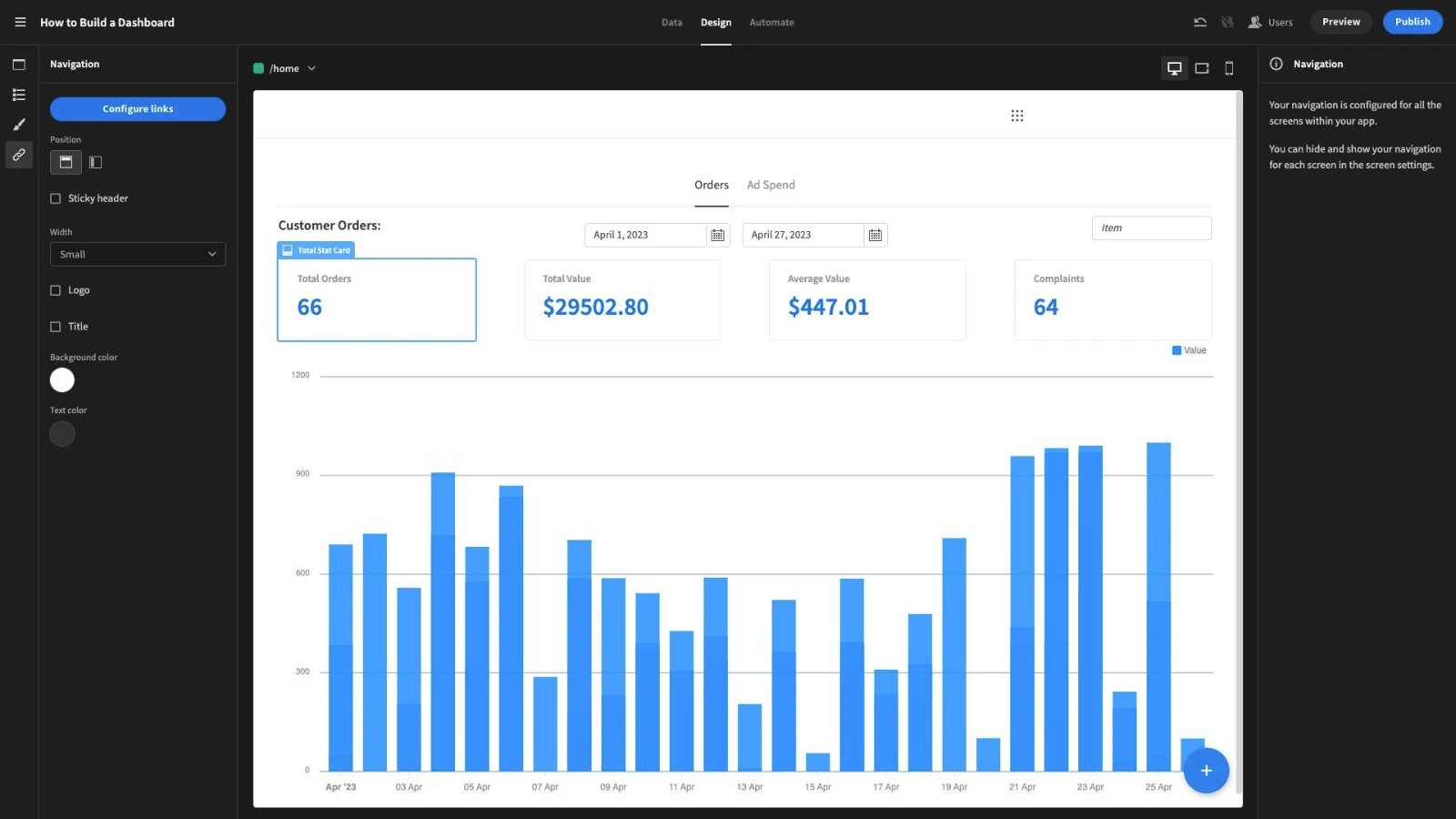ITOps vs DevOps | What's the Difference?
Comparing ITOps vs DevOps is a tricky one. On the one hand, they’re clearly two distinct fields, with their own goals, priorities, responsibilities, and daily workflows.
On the other, there’s a huge degree of overlap - with both ultimately aiming to use technology to make your business more efficient, secure, and agile. Oftentimes, they might even involve the same people.
Today, we’re un-muddying the waters.
Specifically, we’re going to guide you through everything you need to know about what ITOps and DevOps mean, what they achieve, who is responsible, and how you can use both to create sleek, performant solutions for your team.
We’ll also see where the two fields intersect, along with how Budibase is making it easier than ever to build professional internal tools at pace.
So, let’s start by wrapping our heads around the basics.
ITOps vs DevOps: definitions
ITOps and DevOps are two different approaches to managing and leveraging technology within your organization. They share a common aim of ensuring that our wider IT team is optimally positioned to solve real-world problems and provide value to colleagues.
The difference emerges from how they attack this problem.
Let’s take a look at each one in turn.
What is ITOps?
IT operations (ITOps) is all about how you manage day-to-day services within your IT team - across hardware, software, and process-level issues. The ultimate goal is to ensure that colleagues across your business can access the tools they need to do their jobs effectively.
In other words, ITOps simply seeks to make your IT team work as effectively as possible.
You might be thinking that this sounds like a pretty wide mandate. And you’d be right. In fact, most businesses don’t actually have a dedicated ITOps function- although many do.
In both cases, effective operations requires coordination between a range of different roles.
This includes:
- System administration.
- Application admins.
- Developers.
- Project managers.
- Infrastructure managers.
- Data teams.
- Support.
- Device management.
- Security specialists.
- DevOps.
- And more.
Check out our in-depth guide to IT operations to learn more.

(Gartner )
What does ITOps cover?
ITOps seeks to deploy our technology resources in a way that maximizes the value provided to end users - and the business as a whole.
But what does this look like in practice? In other words, what specific tasks does this encompass?
One major piece of the puzzle is process management. For example, defining and implementing the steps required for developers to roll out a new release or for colleagues to access support services.
Stemming this, ITOps also covers how we use technology to support our process management efforts. For instance, identifying and removing bottlenecks, or implementing automations and other transformation solutions to improve access to internal services.
For example, creating automation flows to assess, triage, and assign support tickets.
Additionally, ITOps also frequently touches on networking, infrastructure, hardware, and device management activities.
This is one area where things start to overlap with DevOps.
But, before we get to that…
What is DevOps?
DevOps aims to address a much tighter range of issues.
Its name - a contraction of development and operations - gives us a strong clue here. Basically, DevOps is a set of practices optimizing your internal software development team’s processes - across the entire lifecycle of solutions.
In short, this is about bringing developers and other IT professionals into alignment in order to achieve strategic goals and improve collaboration.
This deals with internal processes and communications tools, but there’s also a very heavy focus on furnishing our development teams with the tools and capabilities they need to deploy solutions quickly and effectively.
Unlike ITOps, DevOps typically is a dedicated function within your IT team, specifically relating to the software delivery process.
DevOps is also a much more prescriptive model than ITOps. That is, it relies on a specific culture of creating highly automated, data-driven, and integrated environments to optimize development and deployment workflows.
What does DevOps cover?
In the first instance, DevOps is a philosophical and cultural model, that emphasizes collaboration and visibility across your development lifecycle. The idea is to improve outcomes and reduce development costs by de-siloing the IT team.
In practice, this also requires a number of more specific technical interventions.
As we noted already, automation, continuous integration, and collaboration play a huge role here - across requirements gathering, information sharing, testing, QA, and deployment.
DevOps also has an enormous stake in providing our IT team with the optimal environment for creating solutions and providing services to end users.
This means managing network and infrastructure resources, especially cloud-based tools, to ensure that technological shortcomings don’t hinder our ability to roll out IT solutions.

IT operations vs DevOps: common ground
We know already that IT operations and DevOps share a common goal of maximizing the business value we can extract from our technical teams and assets.
But, we’ve also hinted at a few other areas of overlap. For example, in the realm of infrastructure management and networking workflows.
In some ways, we can also think about DevOps as an off-shoot of IT operations.
That is, ITOps deals with defining, implementing, and managing effective processes across your entire IT team. DevOps does the same, in the specific context of the software development lifecycle.
However, it’s not quite accurate to say that DevOps is simply a subcategory of ITOps.
This is because - in dealing with processes - each model can have its own distinct approaches and priorities.
For example, in theory, ITOps can also be concerned with development processes - since this is a part of your IT team’s daily workload. But, that doesn’t mean it will lead to the same conclusions as DevOps - even for the exact same workflows.
ITOps vs DevOps: key differences
To understand why, we need to examine the key differences between ITOps vs DevOps.
To frame this conversation, it’s worth reiterating that ITOps is the sum of all of your efforts to deliver services effectively, whereas DevOps is a specific, prescriptive model for managing software development processes.
With that in mind, let’s explore the key distinctions between the two.
Goals
Now, both models are focused on providing efficiency and effectiveness within the IT team. However, they operationalize these issues a little bit differently. So, on the one hand, ITOps privileges stability and repeatability in order to build robust, reliable processes.
On the other, DevOps is more focused on agility, speed, and responsiveness to change within the software development lifecycle.
That’s not to say that their goals are incompatible. Only that their priorities are a little bit different.
It’s also worth noting that both ITOps and DevOps put a heavy focus on security.
Processes
DevOps and ITOps also differ in terms of the processes that they handle. We’ve alluded to this difference already, but let’s spell it out a little bit more explicitly.
ITOps deals with the entirety of your IT team’s internal processes. DevOps is specifically concerned with software development and lifecycle management processes.
Of course, there’s a huge degree of crossover here.
Indeed there are plenty of processes where we can apply either approach - especially around producing new software solutions or patches and updates to existing ones.
Structure
There are major differences in the way teams are structured for ITOps vs DevOps.
Typically, ITOps draws on existing job roles, across the entirety of your IT team - rather than being a dedicated function in and of itself. Remember the list of roles we saw earlier.
Typically, DevOps teams are made up of DevOps engineers and specialists. These might form their own team or be embedded in existing product delivery teams - depending on the size and structure of your development workforce.
Tools
DevOps utilizes an array of platforms and solutions that are relatively specific to their goals and functions. These include tools for deploying tools, managing production infrastructure, managing data, and automating development processes, among many others.
ITOps also relies on a broad range of platforms.
Some of the biggest clusters here revolve around infrastructure monitoring, device management, workflow automation, data management, and, of course, security.
Check out our ultimate guide to IT transformation to learn more.
Culture
IT operations and DevOps also differ in their approach to organizational culture. In large part, this centers around the idea of collaboration.
Specifically, the distinction is that DevOps treats collaboration as a core cultural value. That is - something that should be embedded in everything your development team does. Specific methodologies and tools are leveraged to achieve this.
ITOps can foster collaboration too, but it isn’t a central priority in quite the same way - and it’s more likely to need to be balanced with other concerns.
Cloud
Both disciplines also rely on cloud computing technology, but in subtly different ways.
Within DevOps, cloud tools are used primarily to facilitate software delivery. Solutions are built and tested directly in cloud environments - meaning they can then be more easily and securely deployed to live environments.
In ITOps, the role of the cloud is much more varied. This includes hosting live applications, as well as microservices, enterprise data assets, internal tools, SaaS platforms, and process automation tools.

(PagerDuty )
Decision points for ITOps vs DevOps
So how do know which we need? Or is it even a case of choosing between the two?
As we said earlier, IT operations and DevOps aren’t necessarily mutually incompatible.
In fact, the vast majority of businesses will benefit from a concerted effort towards both - at least, medium to large businesses.
An obvious exception to this is companies that have no internal software development resources, in which case, DevOps doesn’t offer much. This is also true of very small development teams - such as early-stage startups.
The flip side of this would be smaller product-focused organizations, that do require DevOps, but outsource their other IT functions - or lack a specific IT team entirely.
Outside of these scenarios, almost every business with a mature IT department will benefit massively from both models.
There are situations where the two disciplines could come into conflict. For example, where DevOps prioritizes collaboration and agility, ITOps might be more focused on building stable, repeatable processes.
In these cases, the relative business cases for each will need to be balanced.

Budibase for IT operations teams
At Budibase, we’re on a mission to help teams turn data into action. Our open-source, low-code platform is designed to empower busy IT teams to output professional internal tools and web apps, at pace.
Connect your data, build interfaces, craft automations, and deploy your custom solutions however you like.
Here’s what makes Budibase tick.
Our open-source, low-code platform
Our design philosophy is simplicity by default; extensibility when you need it. Budibase offers extensive data support, autogenerated UIs, configurable RBAC, optional self-hosting, low-code automations, a generous free tier, and much, much more.
Check out our features overview to learn more.
External data support
Budibase leads the pack for external data support. We offer dedicated connectors for MySQL, SQL Server, Postgres, REST API, Oracle, Couch, Mongo, Arango, S3, Airtable, Google Sheets, and many more.
We also have our own internal database, alongside support for custom data sources.
Optional self-hosting
Modern IT teams love Budibase for the power to deploy their tools however they want, wherever they want. Self-host your low-code solutions using Kubernetes, Docker, Digital Ocean, Portainer, Linode, and more.
Or, choose Budibase Cloud for instant deployment and let us handle everything. Check out our pricing page for more information.
Role-based access control
Budibase offers flexible, configurable role-based access control. Assign users to pre-defined roles and grant permissions based on data sources, queries, automation rules, interfaces, or individual components.
We also offer secure environment variables, flexible user management, and free SSO using OAuth, OpenID, Microsoft, and more.
Automation and integration
There’s never been an easier way to build custom automations, with minimal custom code. Use our automation builder to quickly combine built-in triggers and actions, for all kinds of data management actions.
We also offer extensive third-party integrations using Zapier, WebHooks, REST API, and more - including as automation events.
Custom plug-ins
Build your own components, data sources, and automation actions, and ship them across your Budibase builds using our dedicated CLI tools. Or, import community contributions from GitHub in just a few clicks.
Check out our plug-ins documentation to learn more.
50+ free application templates
IT teams around the world choose Budibase to manage internal processes and turn data into action. To show off what our platform can do, we’ve created more than fifty free, fully customizable app templates .
Sign up to Budibase for free today to start building professional apps the fast, easy way.